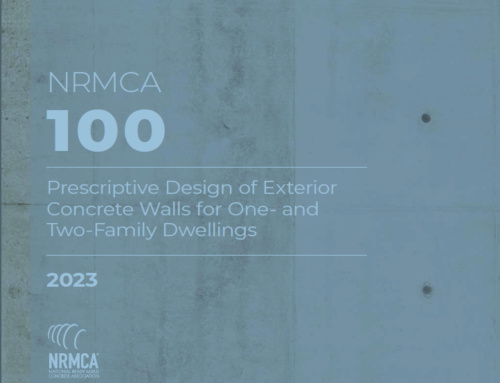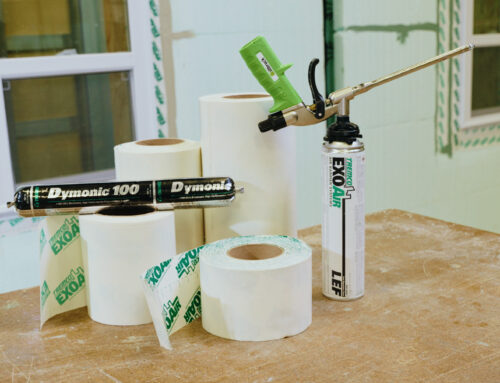High temperatures can accelerate the setting time of concrete, potentially compromising its quality. Below, we outline key considerations and strategies to ensure the integrity of your ICF projects during hot conditions.
Understanding Hot Weather Concreting
The primary challenge with hot weather concreting is the rapid hydration of cement due to high ambient temperatures, which can cause premature setting and reduce the concrete’s compressive strength. Additionally, this fast setting may lead to cold joints, where successive pours fail to integrate properly, weakening the overall structure.
To manage these challenges, it’s crucial to prepare for ambient temperatures exceeding 80°F, particularly in areas with low humidity.

Crew working quickly to pour concrete on a hot day
Pre-Pour Strategies for ICF Projects
Before the concrete arrives, consider the following tips to manage the heat:
- Cooling the Mix: Request that your concrete provider adds ice to the mix to slow the hydration process, maintaining a manageable setting time even on the hottest days.
- Using Admixtures: Admixtures can adjust the setting time, counteracting the heat’s acceleration effect.
- Timing the Delivery: Ensure the concrete is delivered precisely when needed to avoid prolonged exposure to heat in the mixer truck.
On-Site Adjustments During the Pour
Once the concrete is on-site:
- Prepare the Base: Moisten the subgrade and steel reinforcement to keep them cool.
- Efficient Workforce Management: Have enough crew members to expedite the pouring process.
Optimal Scheduling: If possible, schedule pours during cooler parts of the day to minimize heat impact.

Case Study: Marc Stark’s Hot Weather ICF Techniques
We spoke with Marc Stark of Stark Construction and Supply in Florida, where high temperatures are a constant. Marc specializes in using Logix ICFs and shares his insights for successful hot weather concreting:
- Concrete Delivery: Marc schedules morning deliveries to avoid the peak temperatures of the day.
- Mix Adjustments: He prefers a standard 3,000 PSI mix with slag or fly ash, adjusting the slump on-site for optimal flow through a 2” hose without resorting to slow-curing admixtures, which can increase form pressure.
- Pouring Technique: Marc pours in 4-foot lifts, checking every hour, aligning the setting times with the sequential lifts efficiently.
- Final Steps: Before the last lift, he fully vibrates the concrete to ensure a smooth finish and integrity of the final layer.

Crew pouring concrete into Logix ICF walls.
Conclusion: Mastering Hot Weather ICF Concreting
By adopting these practices, you can effectively manage the rapid setting times induced by high temperatures and ensure the structural integrity and strength of your ICF constructions. Hot weather poses unique challenges, but with careful planning and execution, it’s possible to achieve excellent results.












